5 Mistakes That Are Making Your Dog’s Behavior Worse
When your dog’s behavior changes for the worse, it can feel frustrating and confusing. Often, underlying reasons like health issues, inconsistent training, or unmet needs are the cause. Understanding what’s affecting your dog helps address the problem and restore harmony. This list brings you the top reasons why your dog’s behavior may be declining.
Inconsistent Training
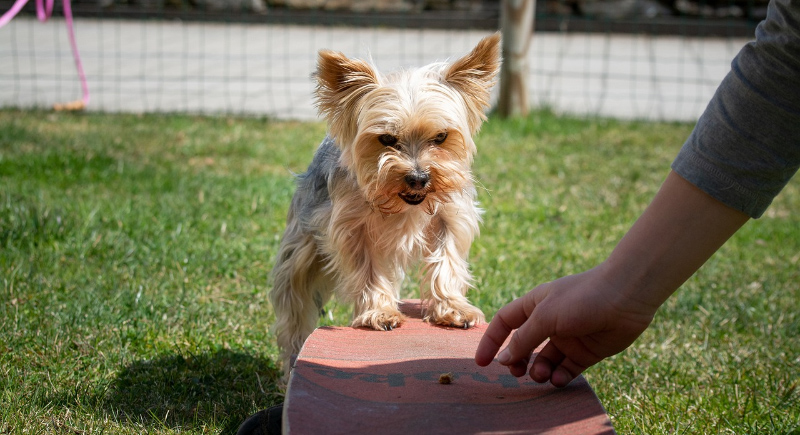
Credit: pixabay
Inconsistent training confuses your dog about what is acceptable behavior. If rules change or commands are enforced sporadically, your dog may struggle to follow instructions. Establishing clear boundaries and consistently reinforcing them helps your dog understand expectations and improves their behavior over time.
Lack of Exercise
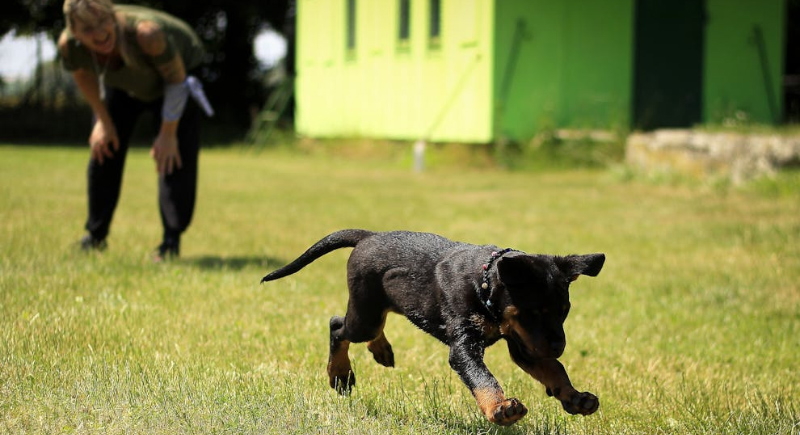
Credit: pexels
Dogs need regular exercise to release energy and stay mentally stimulated. Without enough physical activity, your dog may become restless, anxious, or destructive. Daily walks, playtime, and interactive activities help burn off excess energy, reducing behavioral problems like barking, chewing, or jumping.
Unmet Mental Stimulation Needs
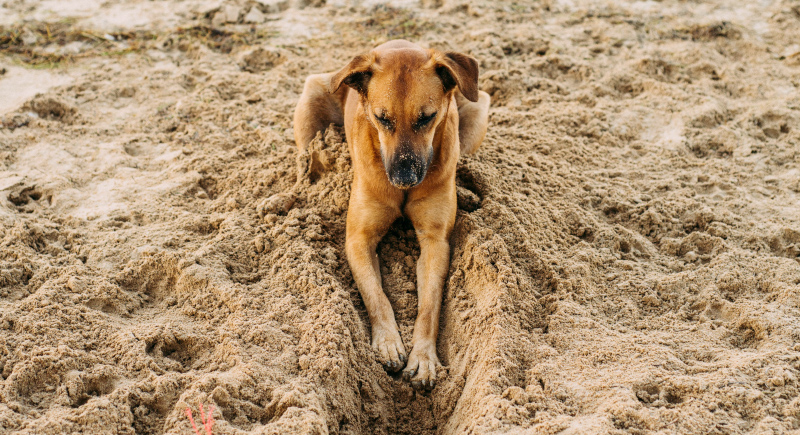
Credit: pexels
Bored dogs often resort to undesirable behaviors like digging or excessive barking. Providing mental challenges, such as puzzle toys, training sessions, or scent games, keeps their mind active. A mentally engaged dog is less likely to exhibit negative behaviors, making stimulation essential for a well-behaved companion.
Health Issues or Pain

Credit: pexels
Undiagnosed health problems, such as arthritis, dental pain, or gastrointestinal discomfort, can lead to sudden behavioral changes. Dogs in pain may become irritable, aggressive, or withdrawn. Regular vet check-ups and close attention to physical symptoms help identify and address these issues promptly.
Changes in Routine
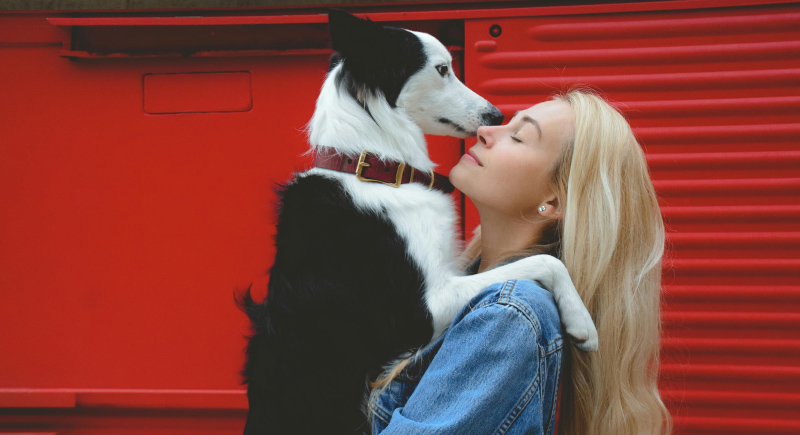
Credit: pexels
Dogs thrive on routine, and sudden changes like a new schedule, home environment, or family dynamics can cause stress. This anxiety often manifests as clinginess, accidents, or destructive behavior. Easing transitions with gradual adjustments and extra attention helps your dog feel secure.
Lack of Socialization
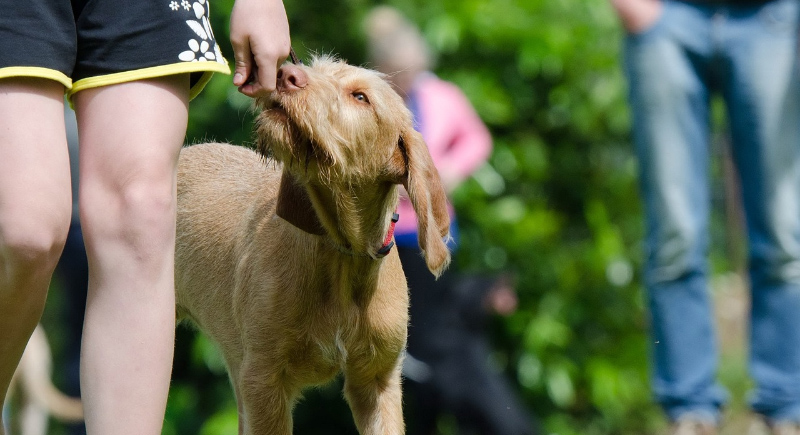
Credit: pixabay
Socialization plays a crucial role in shaping a dog’s behavior. Dogs that aren’t exposed to different people, environments, or other animals may become fearful or aggressive. Regularly introducing your dog to new experiences in a controlled manner helps them adapt and remain calm in various situations.
Negative Reinforcement

Credit: pixabay
Responding to bad behavior with punishment rather than redirection often creates more problems than it solves. Harsh corrections can confuse your dog, especially if they don’t understand what they did wrong. This can lead to fear-based reactions, such as cowering, aggression, or avoidance. Instead, focus on positive reinforcement by rewarding desired actions with treats, praise, or playtime.
Separation Anxiety

Credit: pexels
Dogs are social animals and may develop separation anxiety when left alone for extended periods. Symptoms include destructive chewing, barking, or pacing. Gradual desensitization, along with tools like calming toys or soothing scents, helps reduce anxiety and improve behavior during your absence.
Poor Diet or Nutrition

Credit: pexels
A low-quality or imbalanced diet affects your dog’s energy levels, mood, and overall behavior. Excessive sugars or insufficient nutrients can make your dog hyperactive, irritable, or lethargic. Switching to a high-quality, vet-recommended diet tailored to your dog’s needs often resolves these issues.
Not Enough Positive Reinforcement

Credit: pexels
Dogs thrive on positive feedback. Ignoring good behavior or focusing only on correcting mistakes can demotivate your dog and hinder learning. Regularly praising and rewarding desired actions helps reinforce those behaviors and encourages your dog to continue making good choices.
Fear or Trauma
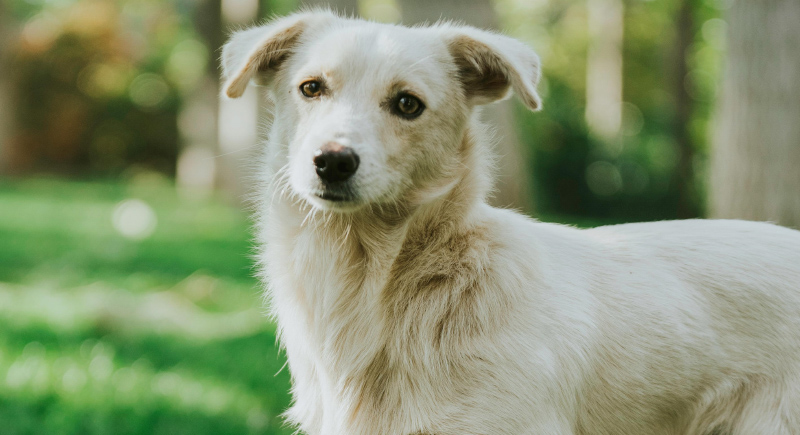
Credit: pexels
Past trauma or frightening experiences can result in sudden behavioral changes. Loud noises, harsh treatment, or accidents can trigger fear responses like aggression or hiding. Building trust through patience, consistent care, and desensitization techniques helps your dog overcome these fears.
Lack of Clear Leadership

Credit: pixabay
Dogs look to their owners for guidance and leadership. Without clear direction, your dog may feel the need to take control, leading to dominance-related behaviors like guarding or disobedience. Establishing yourself as a confident, calm leader fosters trust and prevents these issues.
Overstimulation
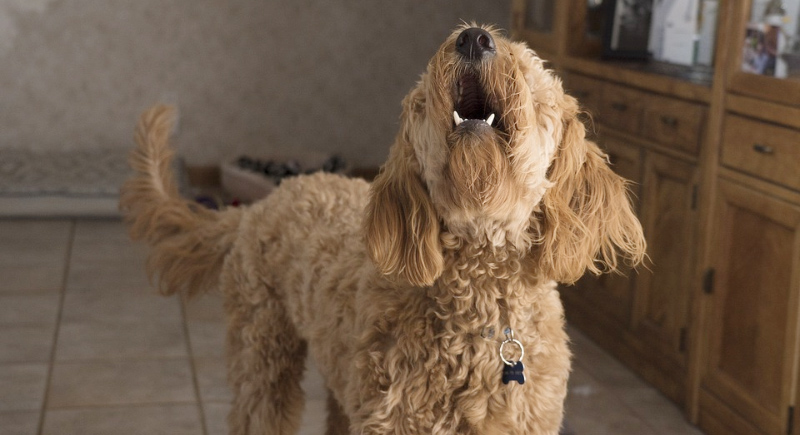
Credit: pixabay
Excessive excitement from nonstop play, noisy environments, or chaotic interactions can leave your dog feeling overstimulated and unable to self-regulate. This heightened state often leads to hyperactivity, destructive chewing, or frantic barking as they struggle to cope with the overload. To prevent this, balance active moments with calm, restorative breaks.
Ignoring Early Warning Signs

Credit: pixabay
Subtle changes like increased barking, pacing, or minor disobedience often signal bigger behavioral issues on the horizon. Ignoring these early signs allows problems to escalate. Addressing concerns as soon as they arise helps prevent worsening behavior and strengthens your bond with your dog.
Lack of Training Refreshers
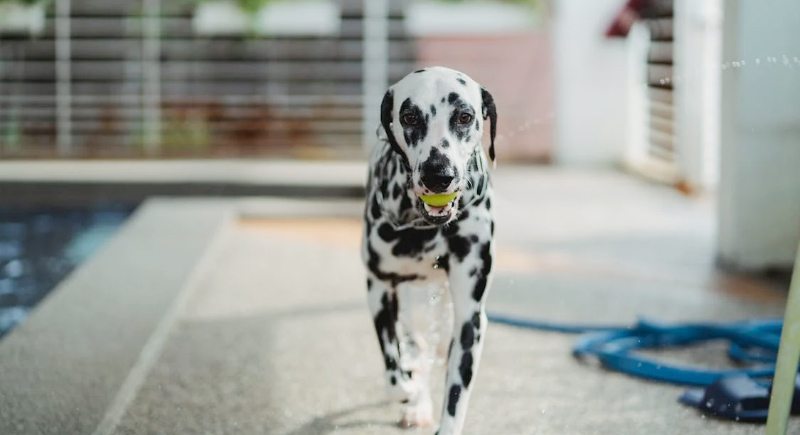
Credit: pexels
Even the most well-trained dogs benefit from periodic refreshers to reinforce their learning and maintain good behavior. Over time, without consistent practice, they may forget commands or revert to undesirable habits like ignoring cues or pulling on the leash. Short, engaging training sessions are effective for reinforcing skills.